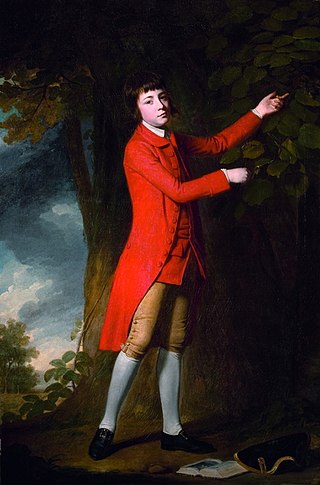Loading AI tools
English clergyman From Wikipedia, the free encyclopedia
Thomas Rackett (1757–1840) was an English clergyman, known as an antiquary.

He was son of Thomas Rackett of Wandsworth, Surrey. Theodosius Forrest and Paul Sandby taught Rackett drawing. John Hunter interested him in natural history. He matriculated at University College, Oxford, on 16 November 1773, and graduated B.A. in 1777 and M.A. in 1780.[1]
In 1780, also, Rackett became rector of Spetisbury with Charlton-Marshall, in Dorset, and held the living for more than 60 years. He had multiple interests besides his parish, and was a musician. He concentrated on antiquarian researches, and spent time on scientific study in London. He came to know Richard Gough, Edward King, Richard Colt Hoare and William Lisle Bowles. He helped John Hutchins in the second edition of his History of Dorset, and rambled on his pony over the whole of the county. Late in life he collected and took casts of ancient seals and coins. In 1794 and 1796 he accompanied Charles Hatchett and William George Maton in a tour through the western counties and collected minerals. When an octogenarian he was studying conchology, and, with Tiberius Cavallo, to whom he offered a home at Spetisbury, pursued astronomy.[1]
Rackett was a fellow of the Royal Society, of the Society of Antiquaries of London, and of the Linnean Society. He died at Spetisbury on 29 November 1840.[2]
Rackett wrote:[1]

Rackett married, in 1781, Dorothea, daughter of James Tattersall, rector of St. Paul's, Covent Garden, and of Streatham. All his children predeceased him except Dorothea, wife of S. Solly of Heathside, near Poole, Dorset.[1]
Seamless Wikipedia browsing. On steroids.
Every time you click a link to Wikipedia, Wiktionary or Wikiquote in your browser's search results, it will show the modern Wikiwand interface.
Wikiwand extension is a five stars, simple, with minimum permission required to keep your browsing private, safe and transparent.